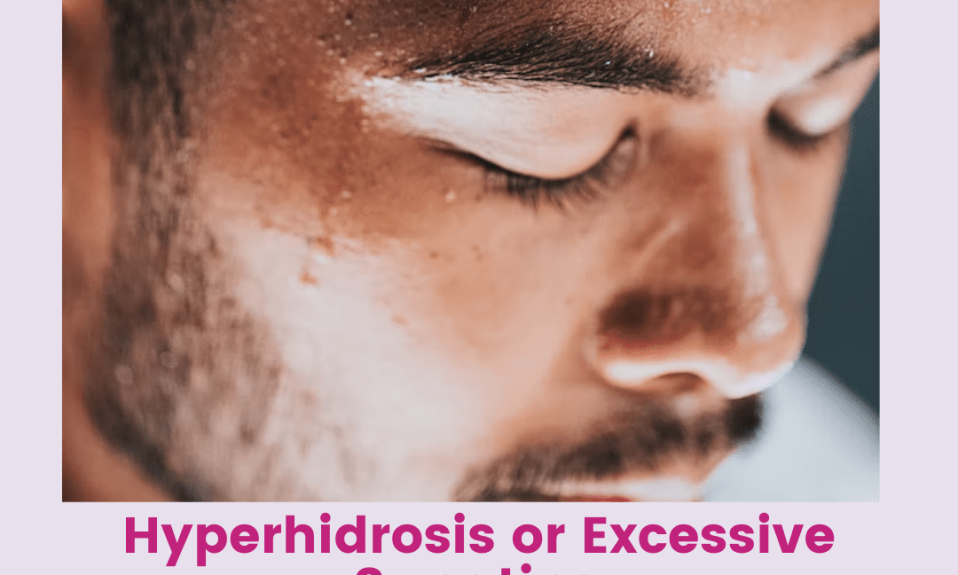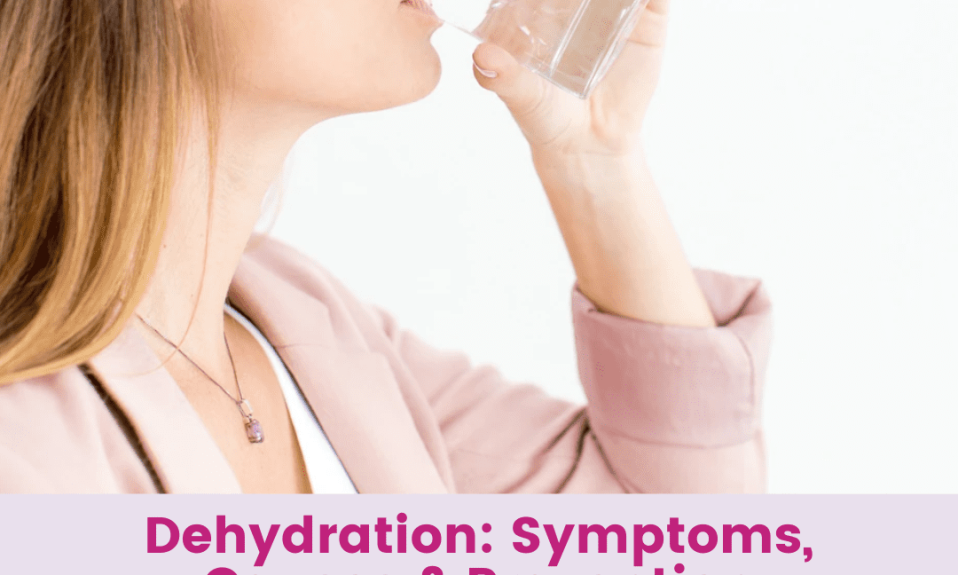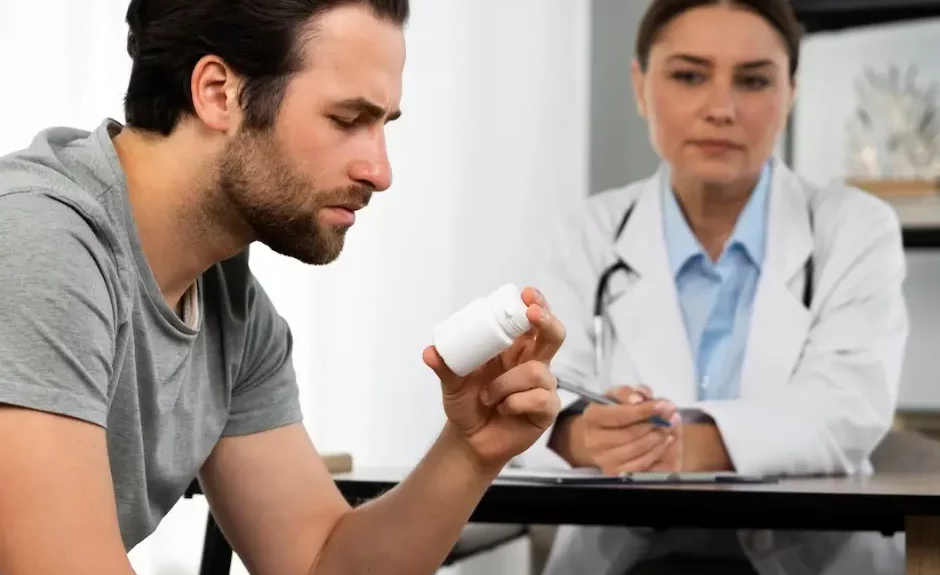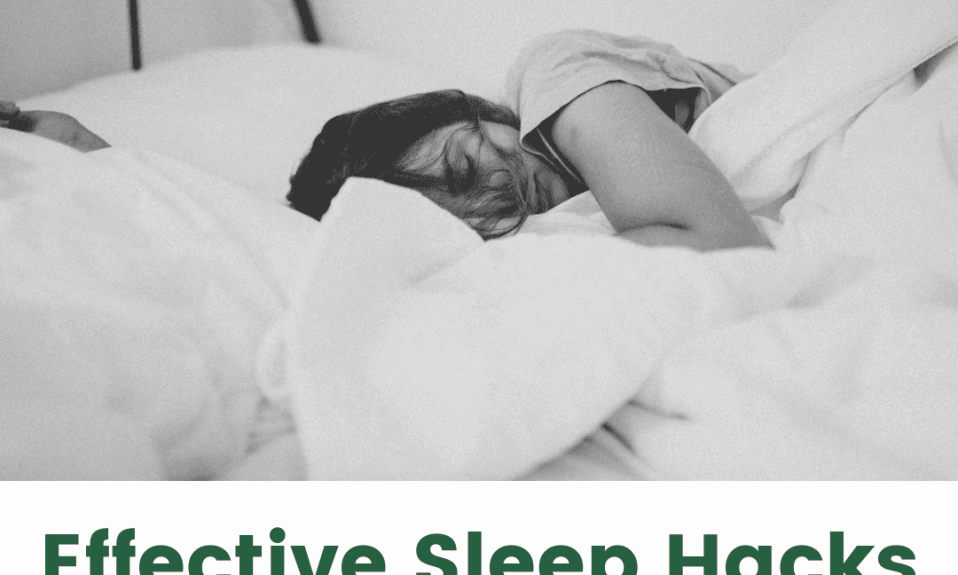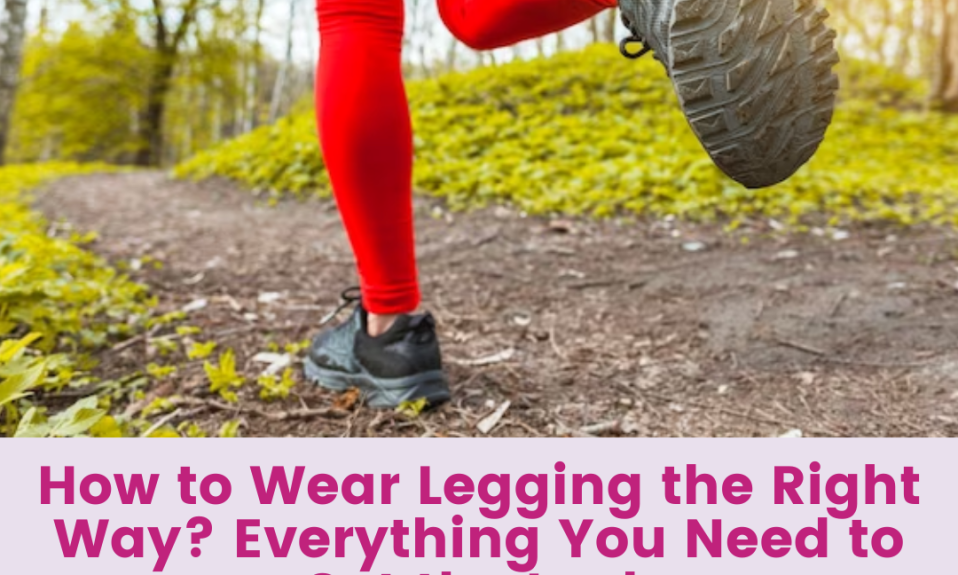The body’s system for controlling temperature and getting rid of pollutants is sweating. However, hyperhidrosis, or excessive sweating, can be a concern for some people. The head, hands, underarms, and feet are among the body parts that might be affected by this illness. In places like the armpits and feet, sweat and germs on the skin can mix to produce unpleasant odors.
Excessive sweating can be upsetting, whether it manifests as smelly feet and shoes or sweat on the face and palms. Some people may be genetically predisposed to this illness, while others may have excessive perspiration due to anxiousness.
Addressing the underlying pressures in your life, utilizing antiperspirants, or taking action to eliminate odor-producing germs on your feet could all assist in solving the issue. If these steps don’t work, a doctor’s consultation for other treatment alternatives can be required.
Symptoms of Hyperhidrosis or Excessive Sweating
Excessive sweating can manifest itself through a variety of symptoms, some of which include:
- Persistent and noticeable dampness in clothing, even in the absence of physical activity or warm temperatures.
- Difficulty with everyday tasks such as gripping a pen, using a computer keyboard or mouse, or turning a doorknob due to clammy hands.
- Prolonged skin dampness, potentially leading to peeling, softening, and discoloration.
- Recurrent skin infections in areas that sweat excessively.
Major types of Excessive Sweating
There are two kinds of excessive sweating:
Primary focal hyperhidrosis
- Hyperhidrosis primarily affects a specific area or a few areas of the body, such as the armpits, palms, head, and/or feet
- Sweating occurs symmetrically on both sides of the affected areas.
- The condition usually begins after waking up, with little or no sweat remaining on the sheets
- Occurs frequently once a week and often more frequently
- Usually starts during childhood or adolescence.
Secondary hyperhidrosis
The following are the signs of secondary hyperhidrosis :
- Secondary hyperhidrosis typically develops in adulthood
- Excessive sweating affects the entire body, not just specific areas
- Sweating occurs during sleep.
Causes of Excessive Sweating
Getting rid of pollutants and regulating body temperature are also functions of sweating. While dehydration can be a symptom of hyperhidrosis, it can also occur in specific circumstances like physical exertion, hot weather, or stress.
Teenagers frequently experience more significant sweating as well since, at this time of development, their sweat glands are also growing along with the rest of their bodies.
Women who are going through menopause may start sweating more. But for other people, excessive sweating is a persistent illness called hyperhidrosis. This can cause excessive sweating even in relaxed environments and while resting, which is uncomfortable and inconvenient. It’s possible for those who have this disease to continually wipe their hands or take a towel around with them. Unfortunately, it can be challenging to live with hyperhidrosis because the cause is frequently unclear.
Other causes
Medical conditions such as heart failure, diabetes, anxiety, and an overactive thyroid can lead to excessive sweating. Moreover, certain medications can also cause dehydration as a side effect.
Treatment of Excessive Sweating
Consult with your physician if perspiration is impacting your daily routine. It may be uncomfortable to bring up, but there are available remedies to assist you. Such as:
- Antiperspirants
If the over-the-counter medications are not providing relief, your physician may recommend a more robust alternative. Typically, these prescription treatments are applied before going to sleep at night.
- Electricity
A technique known as iontophoresis utilizes a low-intensity electric current that is transmitted through the skin. The procedure involves submerging your hands or feet in shallow water trays while the current is passed through the water. This creates a slight tingling sensation on your skin. The procedure is typically repeated over several days until the level of sweating returns to a manageable state.
- Botox injections
This treatment method involves administering injections to the specific regions where excessive sweating occurs, such as the underarms or hands. Botox temporarily paralyzes the nerves responsible for sweat.
- Medicines
Medications can assist in reducing sweat production or limiting the impact of stressors.
- Electromagnetic energy
After delivering a numbing medication, your doctor will utilize microwave energy to heat the sweat glands in your underarms. This approach can be used in a clinical setting, with a typical session lasting about 60 minutes. It may take several treatments to altogether remove the sweat glands, depending on how severe the problem is. Surgery options, such as nerve disruption or excision from the sweat glands, may be explored in extreme cases if previous treatments have failed.

